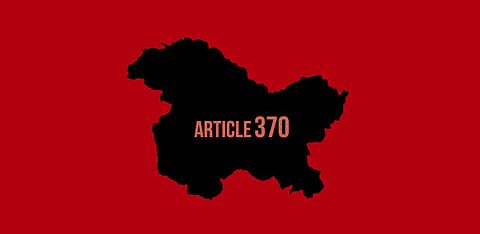Representative Image Only
Due Process
“Without arrangements of autonomy, a continent-sized land of diversity like India would have collapsed,” Rajeev Dhavan on Day 6 of Article 370 hearings
Senior advocate Dr Rajeev Dhavan, for the J&K People’s Conference, which is challenging the proclamation of President’s rule in Jammu and Kashmir (J&K) and dissolution of the assembly in the ongoing In Re Article 370 hearings, asserted that India’s unique and continent-like diversity necessitated arrangements of autonomy such as the one that existed in J&K under Article 370 of the Indian Constitution. Constitutional morality suggests that such arrangements should be preserved, Dhavan argued.

